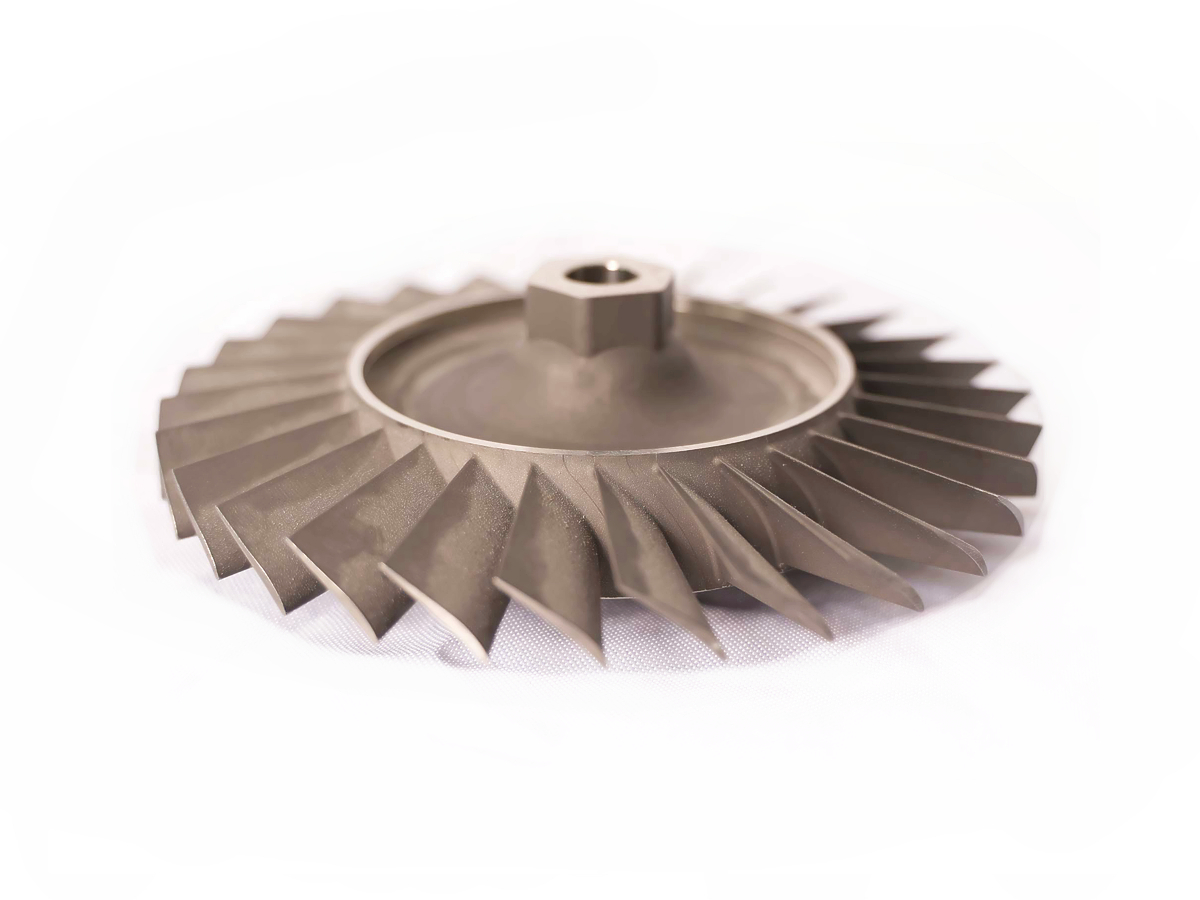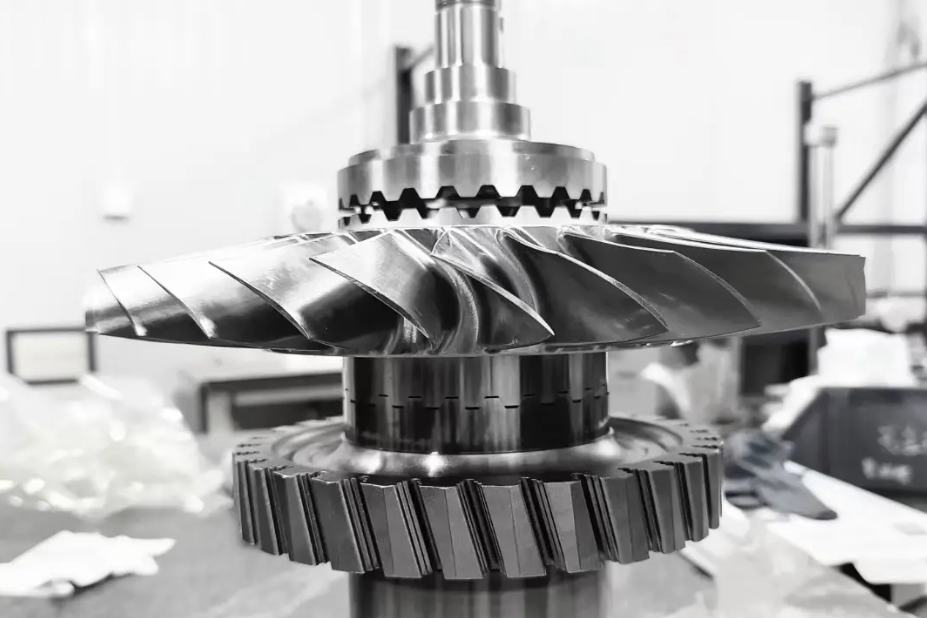How can the effectiveness of HIP treatment be verified?
From a quality assurance and engineering perspective, verifying the effectiveness of Hot Isostatic Pressing (HIP) requires a multi-faceted validation strategy that confirms both the elimination of internal defects and the achievement of the desired material properties. This is not verified by a single test but through a combination of destructive and non-destructive evaluation (NDE) techniques, coupled with rigorous process control.
Direct Verification of Integrity & Density
The primary goal of HIP is to eliminate internal porosity. This is most directly confirmed through:
Metallographic Analysis (Destructive): This is the gold standard for analysis. Cross-sections of witness coupons or sacrificial production parts are polished and examined under a microscope. A successful HIP treatment is evidenced by a fully dense microstructure with no remnants of shrinkage porosity, gas pores, or unbound powder particles (in the case of DMLS parts). This analysis quantitatively measures pore volume fraction and pore size distribution before and after HIP.
Advanced Non-Destructive Evaluation (NDE):
Ulasonic Testing (UT): Effective for detecting internal flaws in a wide range of components, from large industrial equipment castings to complex geometries. A significant reduction in signal noise and the absence of clear echo indications from internal voids confirm densification.
X-ray Computed Tomography (CT) Scanning: Provides a 3D "volume map" of the part, allowing for direct visualization and quantification of internal porosity. It is ideal for complex, high-value components, especially those used in aerospace and medical devices, as it can detect pores as small as a few microns in size.
Indirect Verification via Mechanical Properties
Since the ultimate purpose of HIP is to enhance performance, verification must include mechanical testing. This is typically performed on separately processed witness test bars that undergo the identical HIP and subsequent heat treatment cycle.
Improved Ductility and Toughness: A successful HIP treatment typically results in a marked increase in elongation and reduction of area in a tensile test, as well as improved impact toughness (e.g., Charpy V-Notch). This is because pores act as stress concentrators and initiation sites for brittle fracture; their removal allows the material to deform more plastically.
Enhanced Fatigue Performance: This is one of the most critical benefits of HIP. Fatigue testing, whether high-cycle (HCF) or low-cycle (LCF), will show a significant increase in fatigue life and endurance limit. Internal pores are potent initiators of fatigue cracks, and their elimination directly translates to more reliable, durable components.
Consistent Tensile Strength: While the ultimate and yield strengths are more influenced by the final heat treatment, HIP ensures that these properties are consistent and not compromised by premature failure originating from internal defects.
Process Quality Assurance
Effectiveness is also guaranteed by controlling the process itself, not just inspecting the output:
Certified HIP Cycles: Using validated, material-specific HIP parameters (temperature, pressure, time) that are known to achieve full densification for a given alloy, such as Ti-6Al-4V or Inconel 718.
Thermocouple Mapping & Data Logging: Verifying that the entire workload, including the parts and witness samples, reached and maintained the target temperature and pressure for the specified duration. This is a fundamental requirement for audited industries.
Practical Verification in Manufacturing
For production, a robust verification strategy is tiered:
First-Article Validation: A comprehensive analysis using all aforementioned methods (CT scan, metallography, mechanical testing) on the first parts produced to qualify the entire manufacturing route, including HIP.
Lot-Based Verification: For subsequent production batches, HIP effectiveness is typically verified by processing witness test bars alongside the parts in each HIP run. These test bars are then subjected to mechanical testing (tensile, impact) to provide statistical evidence that the cycle was effective.
Non-Destructive Sampling: Critical components may undergo 100% ultrasonic or CT inspection, while less critical parts may be inspected on a sampling basis.
Engineering Verdict
The effectiveness of HIP is not determined by a single metric but is conclusively verified by a convergence of evidence: the absence of internal defects via metallography and NDE, coupled with a demonstrable enhancement in key mechanical properties—particularly ductility and fatigue life—through standardized mechanical testing of witness samples. This data-driven approach, underpinned by strict process control, is essential for certifying components for mission-critical applications.



